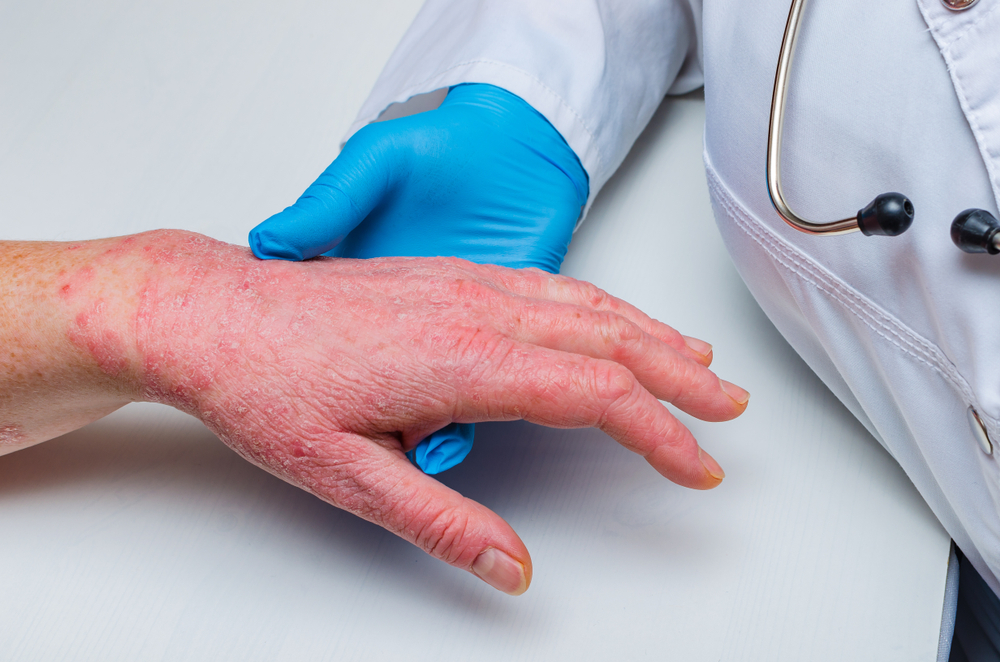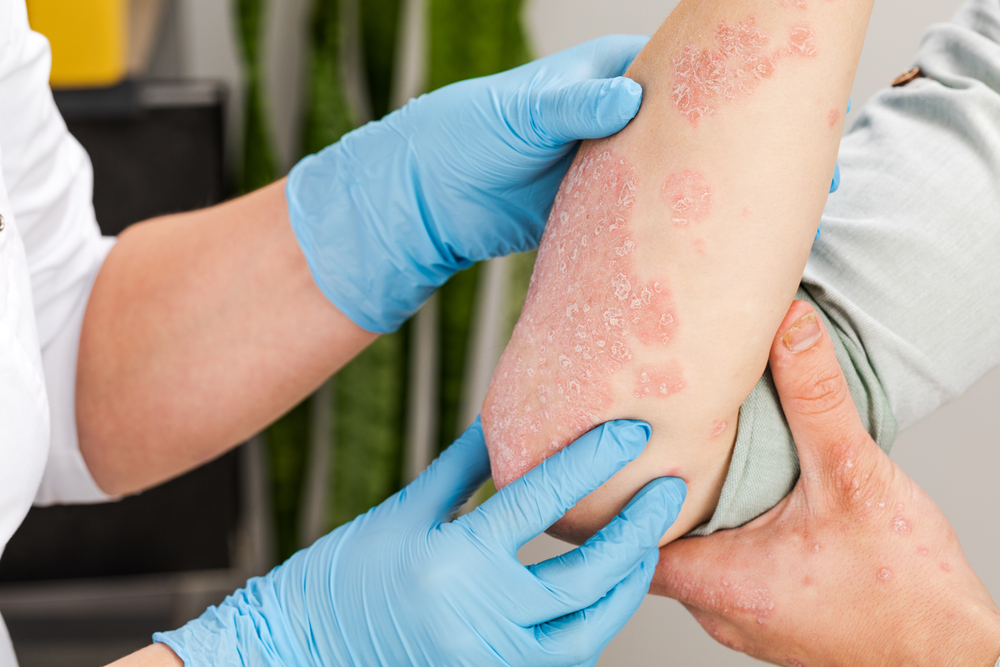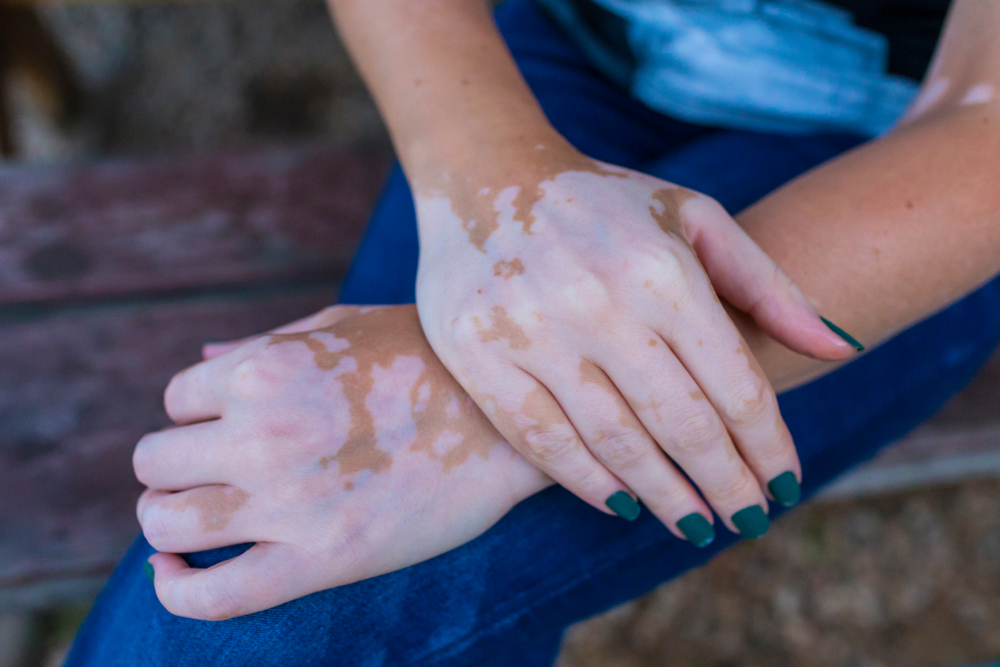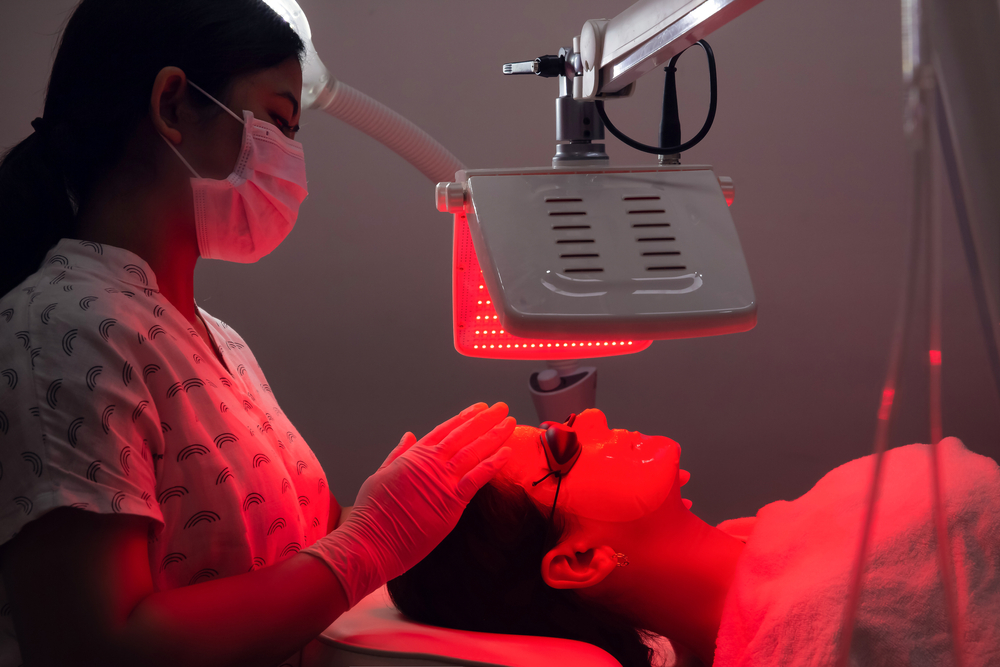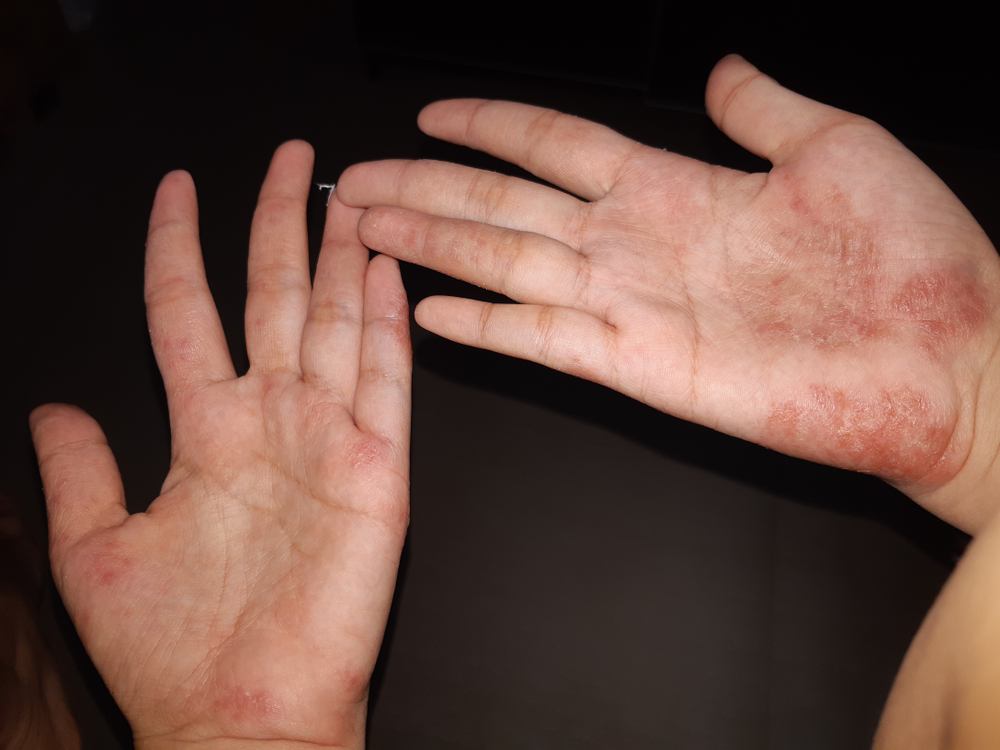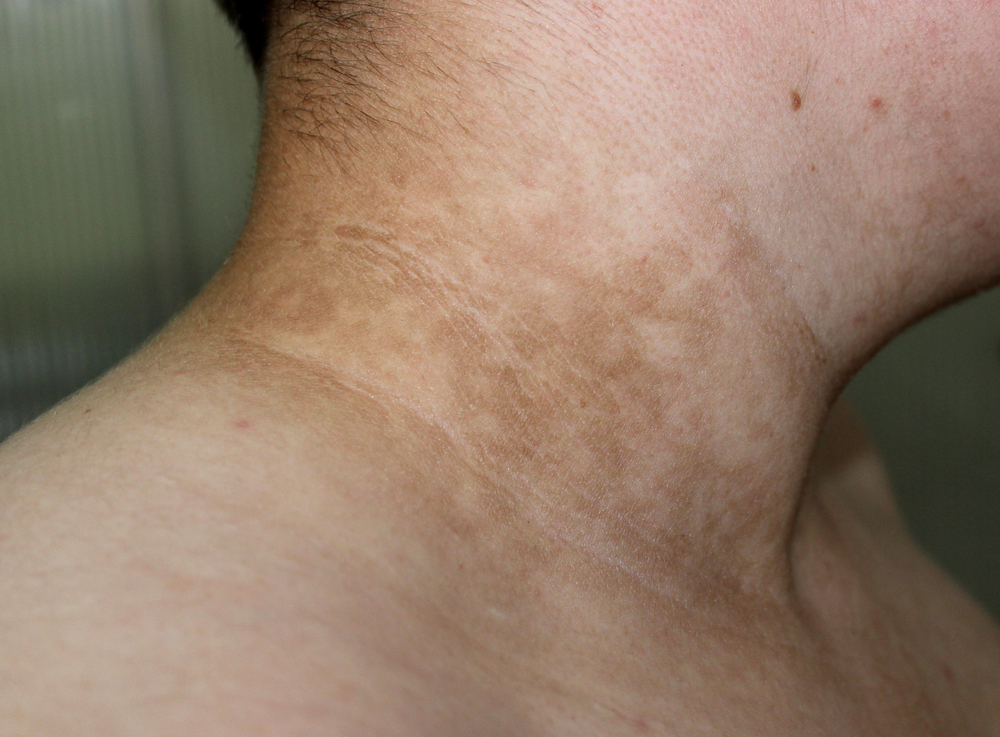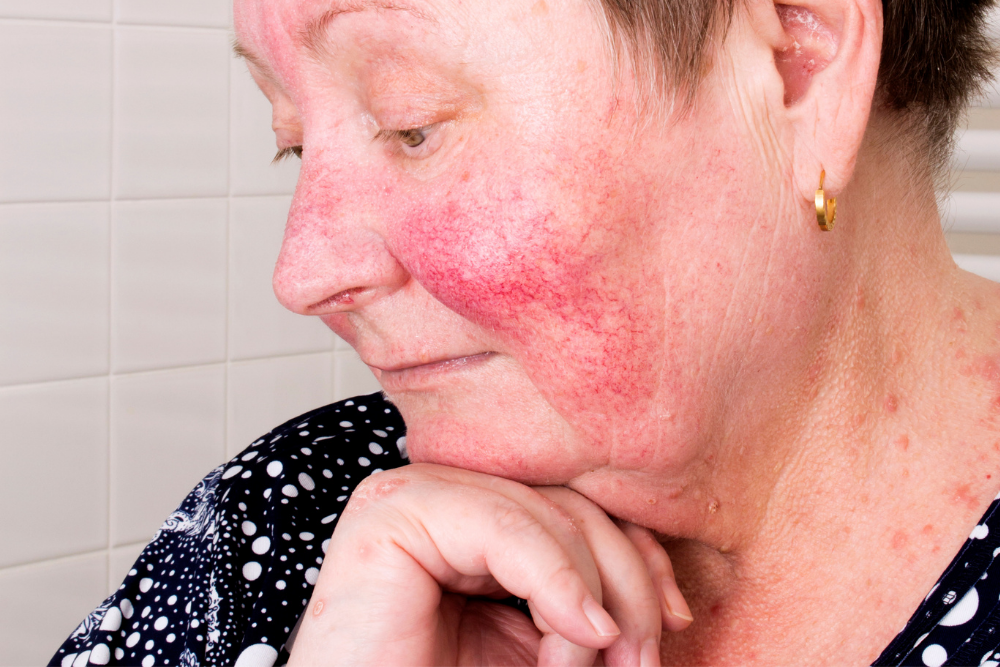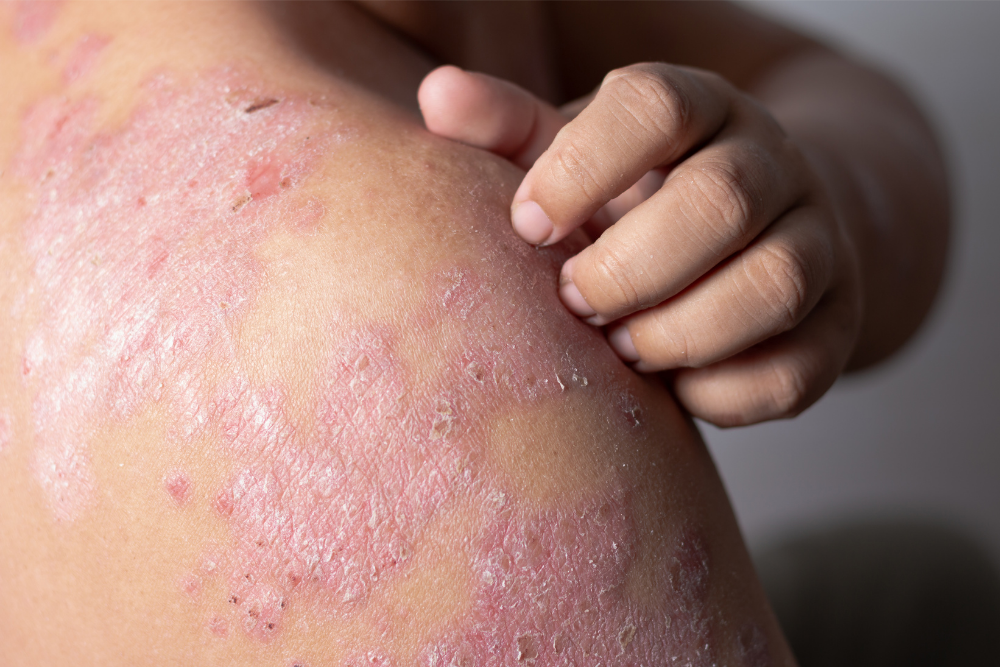When scratching that itch becomes less satisfying and more irritating, you may be dealing with common skin disorders such as psoriasis or eczema. While both psoriasis and eczema present as red, patchy, and itchy areas of skin, there are a few major differences that will help you determine the best course of treatment and steps you can take to prevent symptoms from becoming worse.
Psoriasis & Eczema Are Separate Conditions
Psoriasis is an auto-immune condition in which the outermost layer of skin grows faster than normal. This results in excessive skin thickness because your cells are producing faster than they shed. These underdeveloped and overproduced skin cells lead to flaky, burning, and itchy patches on the skin.
Eczema is an inflammatory skin condition often related to immune function. Eczema can develop following certain genetic and environmental triggers that create a reactive inflammatory skin response. While similar to psoriasis with itching, redness, and inflammation, many patients commonly report severe itching rather than burning.
Common Differences in Symptoms
There are several ways to determine if you’re suffering from psoriasis or eczema. Comparing differences in symptom sensation, reactions to certain environmental factors, and visual appearance can help in determining which condition you have. Along with the different causes and sensations involved with psoriasis and eczema, each condition has unique texture differences and commonly presents in different areas of the body.
With psoriasis, the red patches often involve raised skin, clearly defined edges, and can present as silvery or scaly in appearance. Many patients have reported the burning sensation associated with psoriasis feels like biting ants or stinging insects. Upon closer inspection, you can see the added thickness of the skin. While psoriasis can appear in locations similar to eczemas like the elbows or knees, psoriasis symptoms may appear in strange areas like the palms, soles of the feet, or the lower back.
While eczema is similar to psoriasis because of the redness and swelling, differences like rough, leathery, or dry patches of skin that ooze or crust can help to identify eczema. Commonly found at bends in the body, eczema can appear at elbows, knees, wrists, neck, and ankles. Eczema is often inflamed by environmental factors; if soaps, detergents, or certain foods seem to spark a flare-up, your itching irritation is most likely eczema.
Different Treatment Options for Psoriasis & Eczema
Depending on the severity of your skin conditions, there are a variety of methods to effectively reduce your symptoms. Although both psoriasis and eczema are chronic conditions and there is no cure, there are many steps you can take to alleviate the worst of your symptoms.
While over-the-counter therapies may alleviate temporary symptoms like itching and irritation, proven remedies like phototherapy and immune-boosting medications from a dermatologist in Southampton, PA will better prevent flare-ups and more serious symptoms. Since there are so many potential skin therapies available, you must seek the guidance of a licensed dermatologist to determine a solution that works best for your specific skin type.



